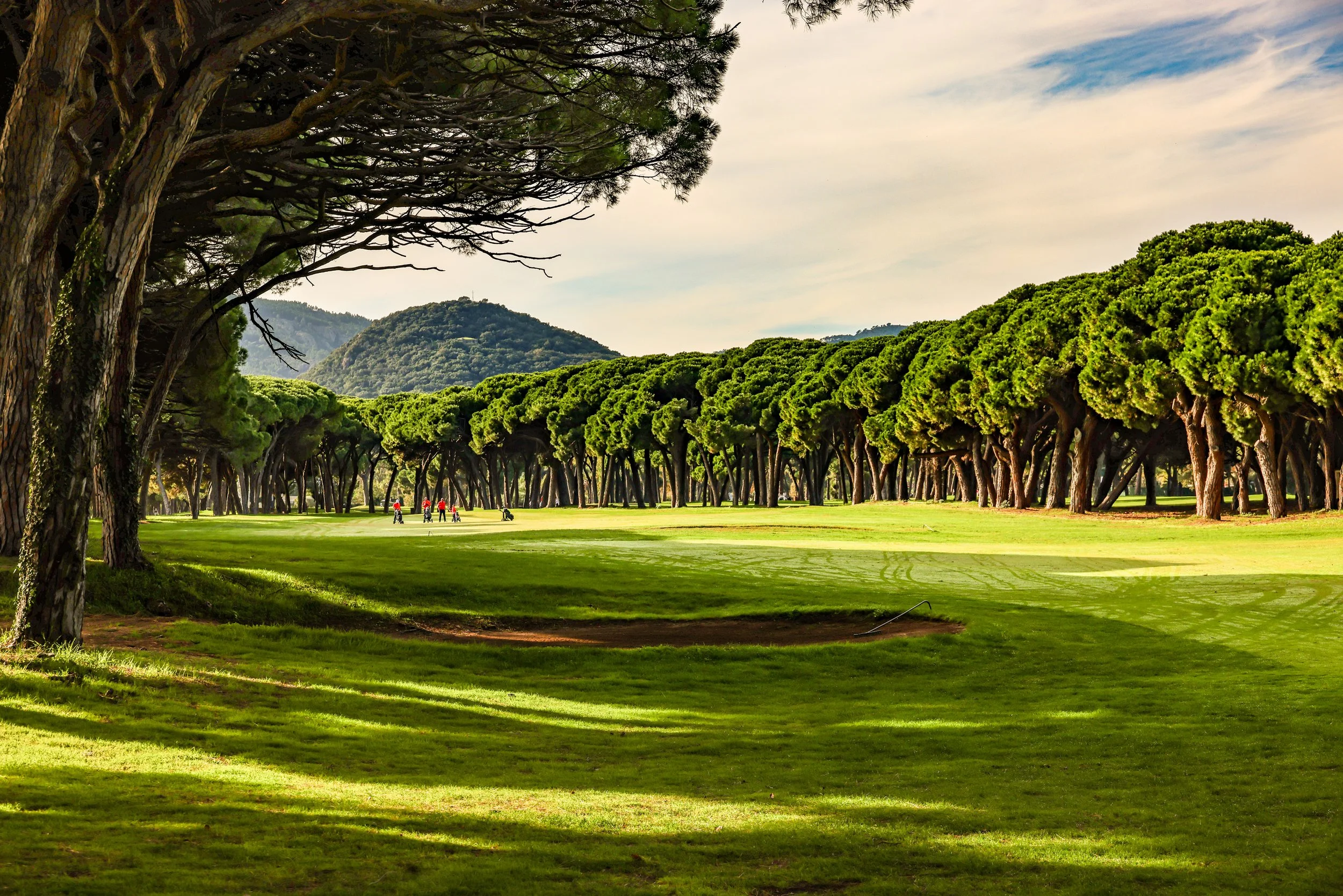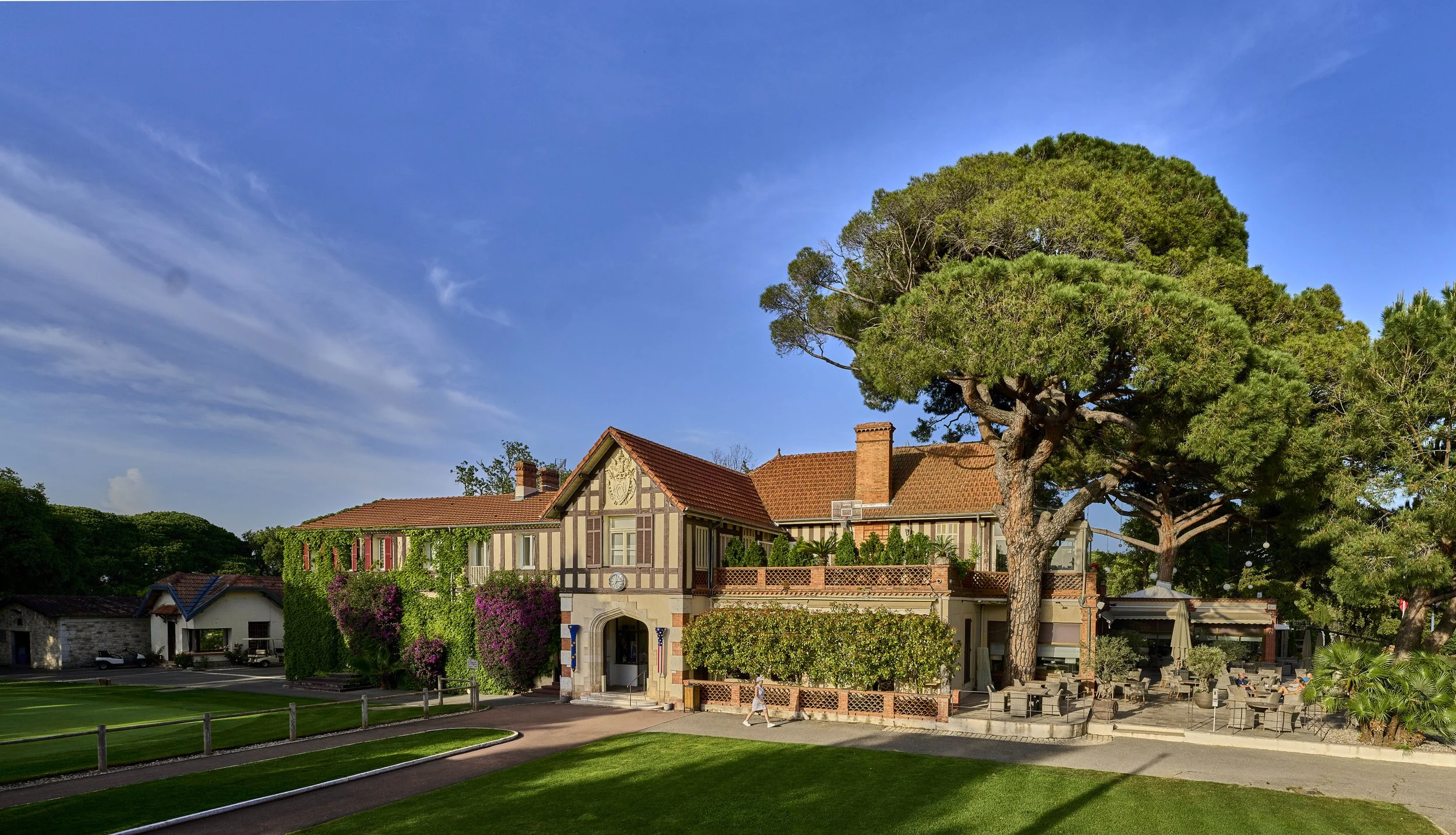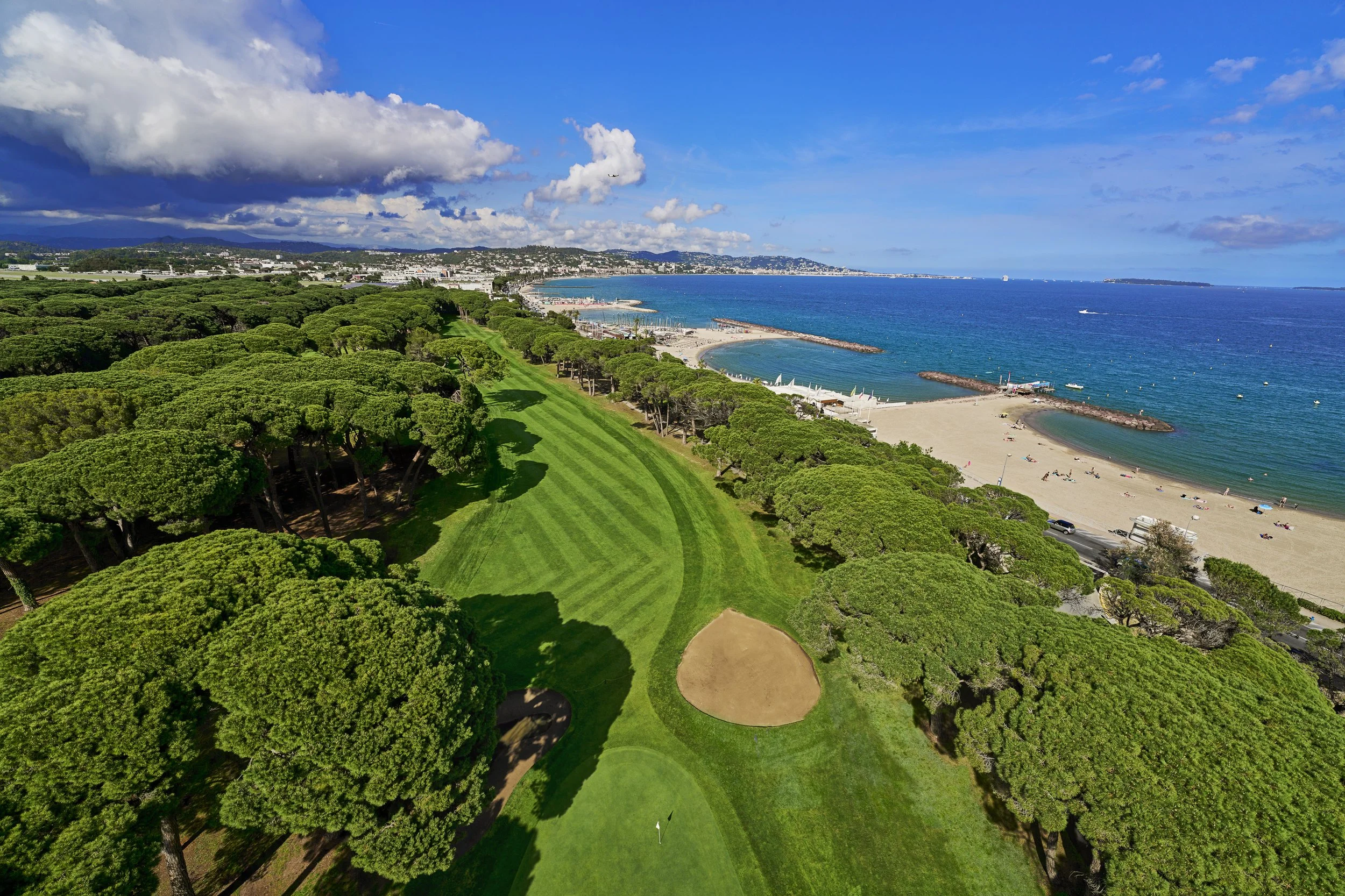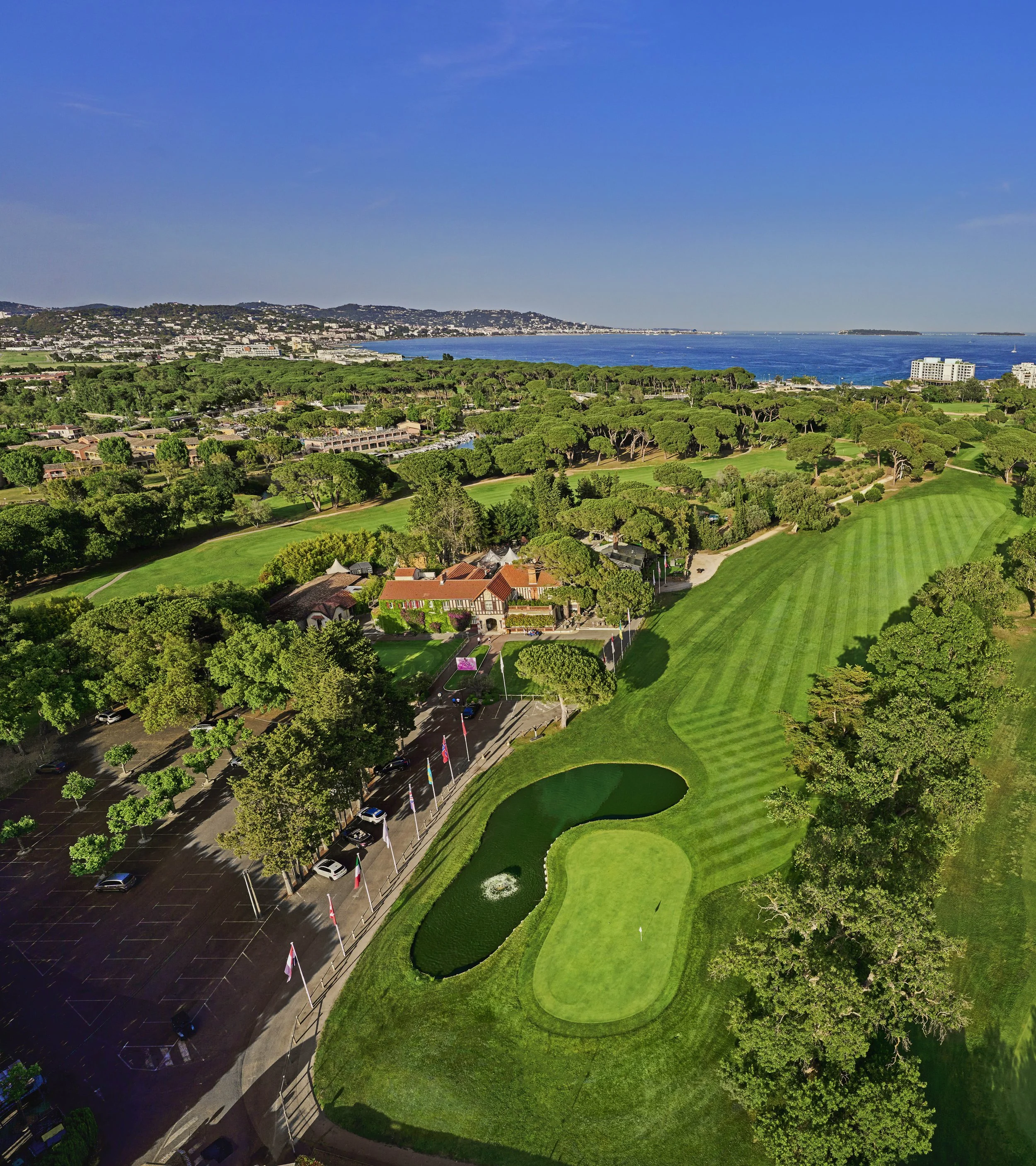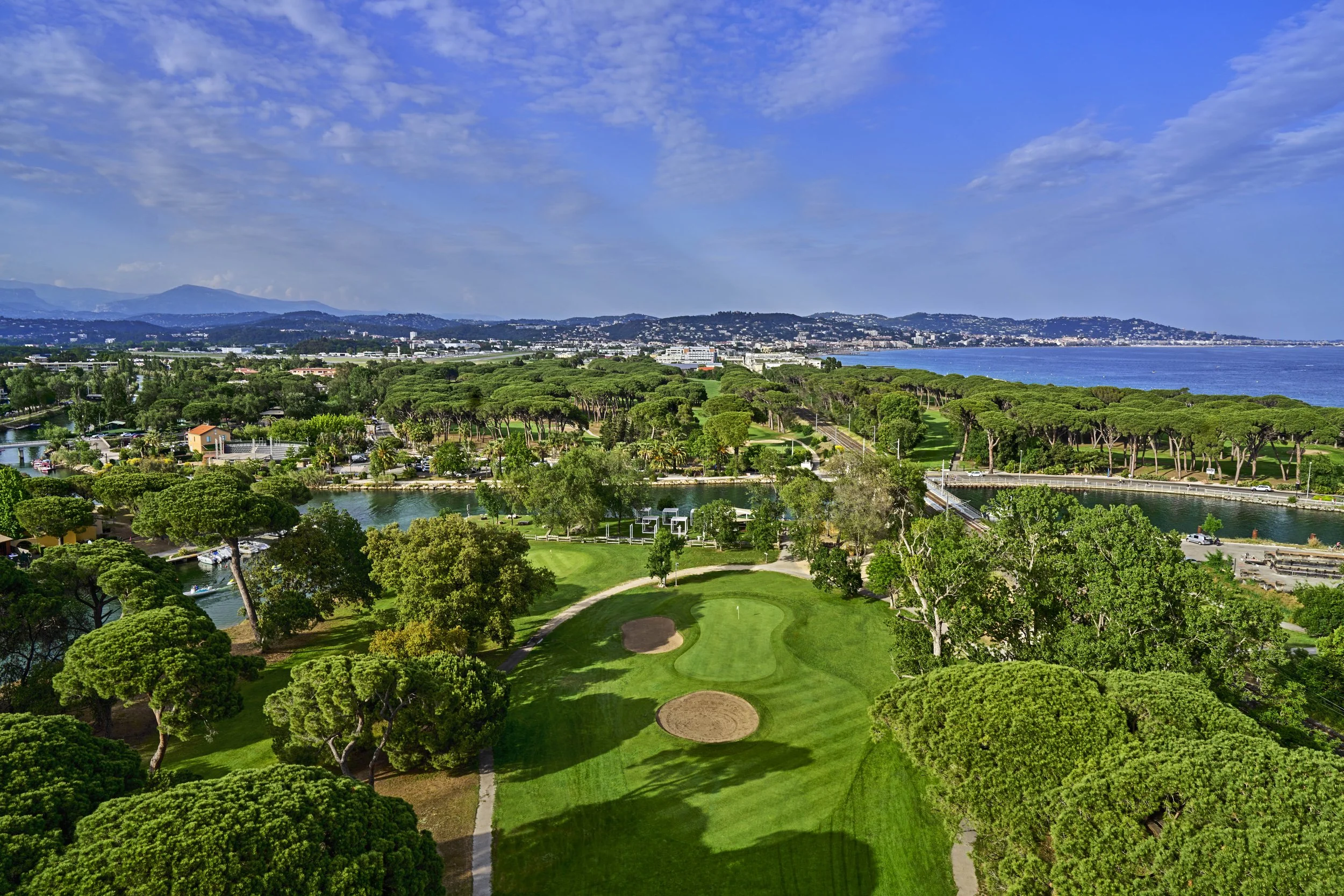
The Historic Old Course at Cannes-Mandelieu
The Golf Old Course at Cannes-Mandelieu holds a "mythical" and "legendary" status as the oldest golf course on the Côte d’Azur and the fourth-oldest in France. Its creation in 1891 was not a commercial enterprise but a personal project of European aristocracy, a fact central to its enduring identity.
The club was founded by Grand Duke Michael Mikhailovich of Russia. His initiative was a direct consequence of his personal circumstances; "forced into exile by Tsar Alexander III" , the Grand Duke adopted the French Riviera as his home. During his exile, he "discovered the pleasure of the greens" on a trip to one of the world's most formative courses, the Old Course of Saint-Andrews in Scotland. Inspired, he "decided to found the first golf course on the Riviera" , selecting the "magical site nestling in enchanting scenery" at Mandelieu.
This act of creation was as much a social endeavor as a sporting one. In the late 19th century, the Côte d'Azur was the premier winter playground for a migratory European elite. By establishing a golf course—a profoundly British and aristocratic pastime—the Grand Duke was establishing a key social institution. The club immediately became a nexus for this class, "frequented by all the crowned heads of Europe". It provided a "home club" for a displaced or vacationing aristocracy, cementing its status as a landmark of the Belle Époque.
It should be noted that the club's founder, Grand Duke Michael Mikhailovich, is occasionally confused in popular accounts with his cousin, Grand Duke Michael Alexandrovich (the brother of Tsar Nicholas II). However, the historical record consistently identifies the exiled, golf-loving Duke Michael Mikhailovich as the patron and founder of the Cannes-Mandelieu links
The Legendary Crossing: The Playing Experience
The property features two distinct courses:
The Old Course: The 18-hole, par 71 championship layout.
Le Grand Duc: The original 9-hole Harry Colt course.
The 18-hole Old Course offers one of the most memorable and unique experiences in European golf. Its "characteristic and unique feature" is the ferry crossing over the La Siagne River. This is not a gimmick but an integral part of the routing. During a round, a "small pontoon ferry" transports golfers and their equipment across the river twice:
After completing the 2nd hole, to reach the 3rd tee.
After completing the 12th hole, to return for the 13th tee.
This ferry ride fundamentally dictates the rhythm of the game, breaking the round into three distinct "acts." Players tackle holes 1 and 2 on the main clubhouse side; they are then transported to a secluded, 10-hole loop (holes 3-12) on the "northern banks of the La Siagne River" ; finally, they return to the main property to play the finishing stretch of holes 13-18. This enforced interlude, this "unforgettably-timeless experience" , creates a journey-like element that can both build and break a player's concentration.
This northern section of the course, accessed by the ferry, is further complicated by 20th-century infrastructure. It is "further divided east to west by a double rail line" , adding another unique constraint to the layout.
Despite its unique routing, the course's defenses are classically architectural. On paper, it might be underestimated. It is "not that long, measuring 6,319 yards from the back tees" and possesses a "low slope rating". However, as players quickly discover, "low scoring is never guaranteed". The course's defense is not length but the strategic brilliance of its Colt-inspired design. Victory requires navigating the "tree-lined, doglegged fairways" and mastering the "subtly sloping greens protected by trademark Colt bunkers". It is a "thinking player's" course that rewards precision over power
The Heart of the Estate: The Clubhouse and Modern Legacy
The social and architectural centerpiece of the estate is its "magnificent 'Norman' style Club-House". This architectural choice is deliberate and significant. The "Norman" style is not native to Provence but is instead associated with the ancient, established institutions of Northern France and Great Britain. Its selection serves to visually align the club with a sense of aristocratic permanence and heritage, a solid anchor in the sunny, transient world of the Riviera.
The clubhouse's most iconic feature is the "enormous umbrella pine which dominates the roof through the centuries" , a physical manifestation of the architecture's integration with the landscape.
While steeped in history, the club is not a museum. It operates as a sophisticated, modern enterprise. The clubhouse was "Entirely redecorated in 2021" and now functions as a high-end, multi-purpose venue. This includes "La Grange" (The Barn), a 300m² privatizable space for "seminars, exhibitions... [and] gala evenings," multiple dining atmospheres in "The Old Course restaurant," the "terrace of olive trees" overlooking the 18th fairway, and even a "cosy space exclusively for cigar aficionados".
This demonstrates the club's successful navigation of a dual identity. It is, at once, a "mythical" heritage site and a major commercial and tourist destination, identified as the "Nr. 1 French golf course with more than 50,000 visits per year".
This dual identity extends to its sporting legacy. While it hosts "numerous prestigious competitions" , its professional prestige is not built on a major modern men's tour stop. The European Tour's "Cannes Open," for example, was historically held at the nearby Golf de Cannes Mougins. The Old Course's tournament history includes events like the 1991 women's Longines Classic. Its modern sporting fame is more closely tied to its royal founding , its singular playing experience, and its status as the "home club of French golf star and Ryder Cup player Victor Dubuisson".
The Golf Old Course at Cannes-Mandelieu Gallery.

